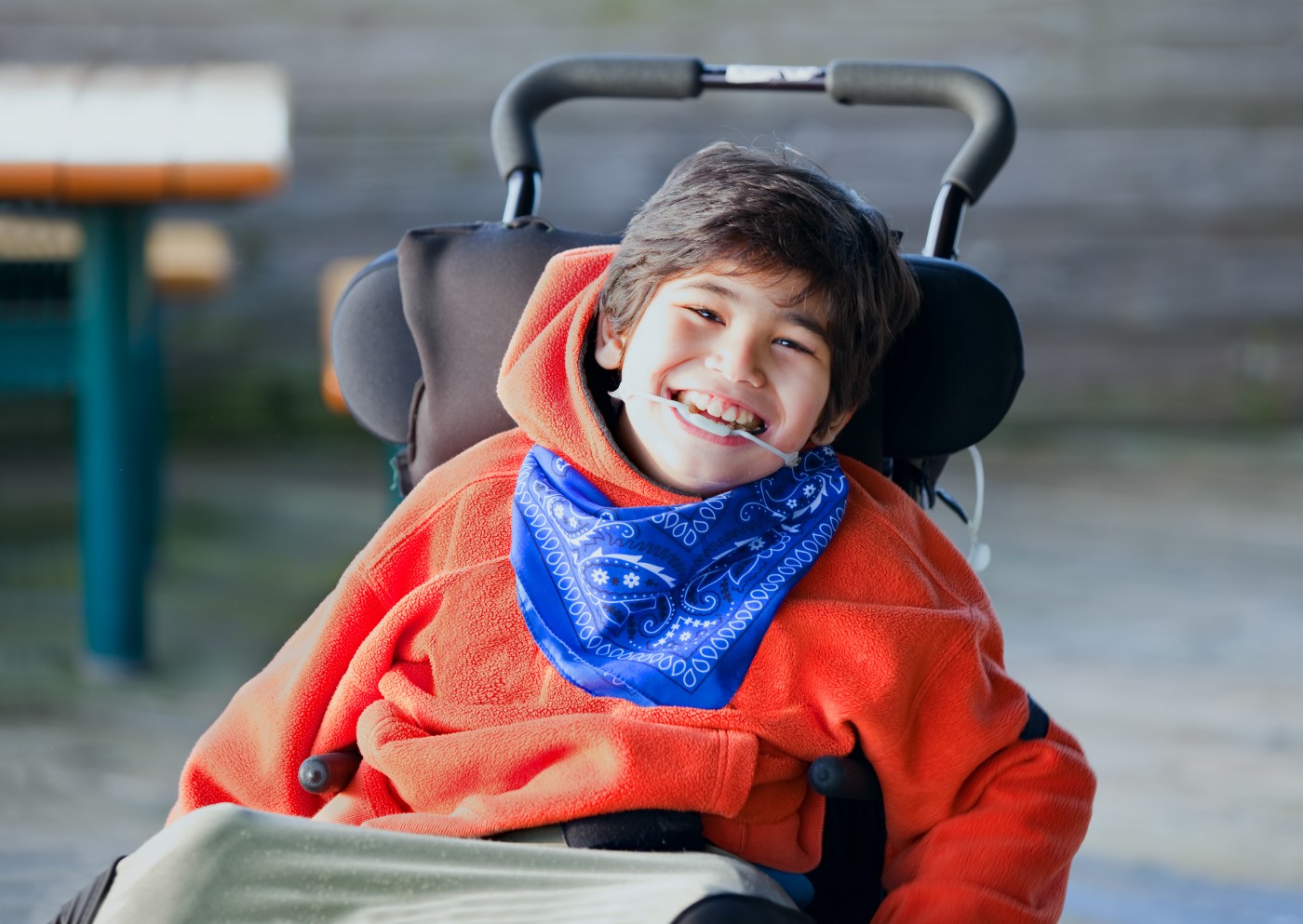Difficulties in Swallowing and Coughing in Spastic Cerebral Palsy Focus of Study

Understanding physiological abnormalities that lead to difficulties in swallowing and voluntary cough in children with spastic cerebral palsy may help doctors to better manage dysphagia — problems with swallowing — in this patient population, a study finds.
The study, “Voluntary Cough and Clinical Swallow Function in Children with Spastic Cerebral Palsy and Healthy Controls” was published in the journal Dysphagia.
Spastic cerebral palsy (SCP) is the most common form of cerebral palsy, accounting for nearly 80 percent of all cases. SCP is characterised by stiffness caused by increased muscle tone, or hypertonia, resulting in poor voluntary movement patterns.
Dysphagia, or swallowing difficulty, has been varyingly reported to affect 19 percent to 99 percent of cerebral palsy patients. This disorder raises a risk of choking, and can make it more difficult for a child to get adequate nutrition and hydration from oral intake of food.
However, the physiological processes that underly dysphagia in this population have not been extensively investigated, likely contributing “to the [lack of] of physiologically motivated dysphagia management approaches currently available to clinicians for use in this population,” the researchers wrote.
Because swallowing and coughing play important roles in pulmonary health, University of Connecticut, Purdue University and Columbia University researchers investigated swallowing, feeding, and voluntary coughing in children with SCP.
The study involved 11 SCP patients between the ages of 4 and 11. An age-matched control group (10 children) was also included and consisted of children with typical development and were free from neurological or respiratory disorders.
Clinical feeding and swallowing were evaluated in all children using the Dysphagia Disorder Survey (DDS), a test that assesses functions associated with swallowing and feeding such as diet level, feeding techniques and chewing.
Furthermore, physiological components of swallowing and respiratory-swallowing coordination were assessed using standard procedures based on electrophysiological measurements.
“Post-swallow exhalation is thought to facilitate clearance of residue from the airway, thereby decreasing the likelihood and/or severity of penetration and aspiration events [occasions when food or saliva go into the airways],” the researchers said.
Children also underwent a test to assess voluntary coughing. This test involved a face-mask coupled to a machine that inputs differential pressure changes to a digital spirometer — an instrument that measures the air capacity of the lungs.
Children with SCP had significantly more worse clinical feeding, swallowing, respiratory-swallowing coordination and voluntary cough effectiveness compared to the control group. No healthy child showed signs of aspiration, whereas three children with SCP exhibited a single instance of cough during the DDS assessment.
Swallowing physiology analyses revealed that, when compared to controls, children with SCP required a significantly greater percent of maximum swallowing amplitude during puree (64.4% vs 51.9% controls) and chewable solid swallows (74.9% vs 55.8% controls), but not while swallowing liquids (54.5% vs 46.4% controls).
Regarding respiration-swallowing coordination, a significantly greater number of SCP patients had a post-swallow inhalation across liquid, puree, and chewable solid consistencies compared to control group children. No significant pre-swallow differences were observed between the two groups.
“More than 50% of the children with SCP in this study displayed post-swallow inhalation across consistencies, which may place them at risk for post-swallow penetration/aspiration events,” the researchers wrote.
“Upon further validation with a larger sample size, this finding is of high clinical interest, as it identifies a physiological component (i.e., abnormal breathing–swallowing coordination) that needs to be more thoroughly evaluated and, if needed, treated in these children,” they added.
Children with SCP also had decreased cough volume acceleration compared to control children, and impaired voluntary cough response, which may “stem from inadequate control and coordination of laryngeal, thoracic, and abdominal musculature,” the researchers said.
However, voluntary cough function was not correlated with clinical feeding and swallowing performance.
The authors noted that the study had some limitations, mainly the small sample size and the fact that there was no instrumental evaluation of swallowing was included in the study.
Still, they highlight that this is the first study to “provide evidence of specific physiological deficits of both swallowing and voluntary cough in children with SCP.”
And, they concluded, “dysphagia management can benefit from the inclusion of objective assessment of clinical and physiological measures that incorporate both swallow and cough functions.”


